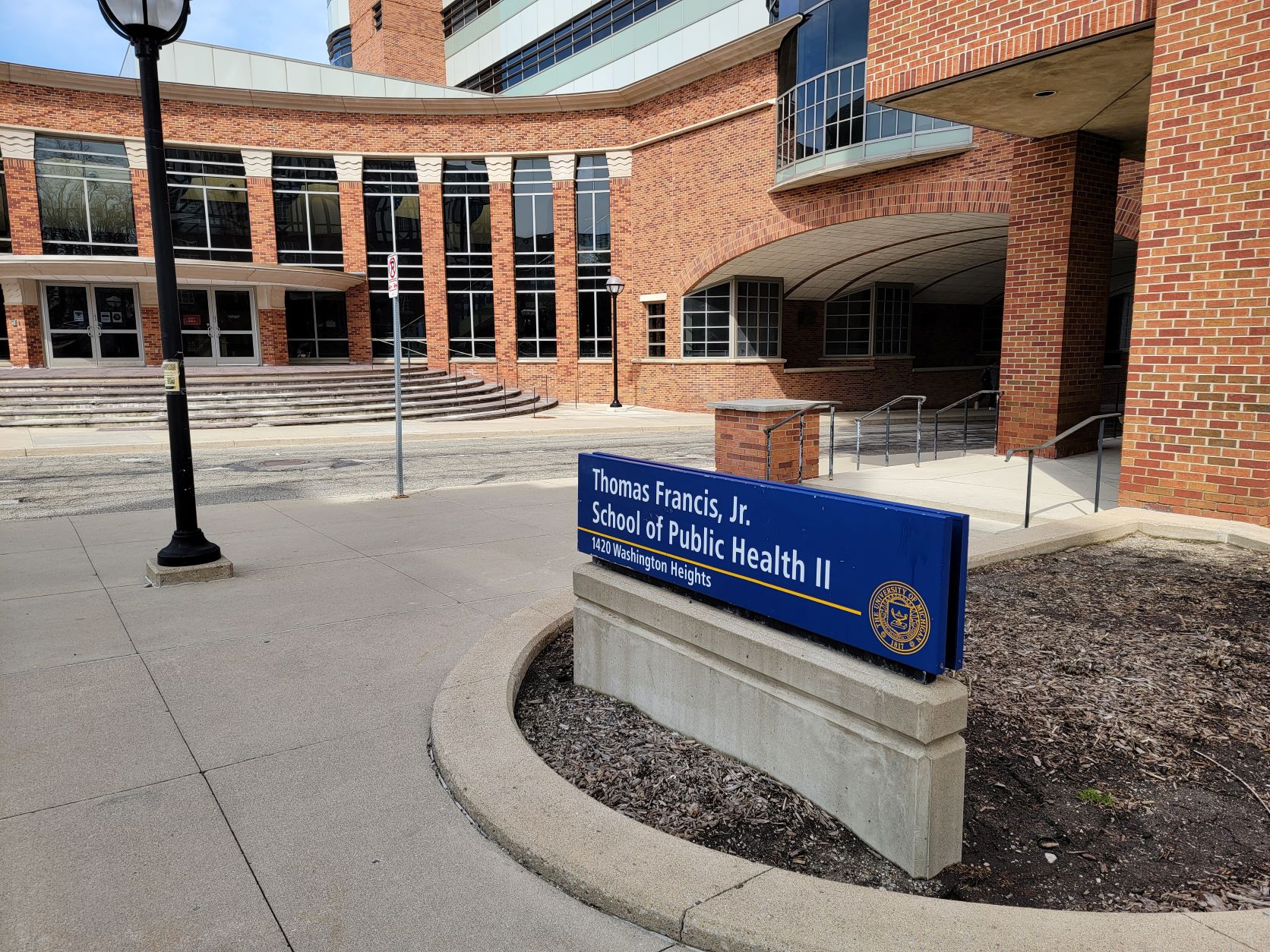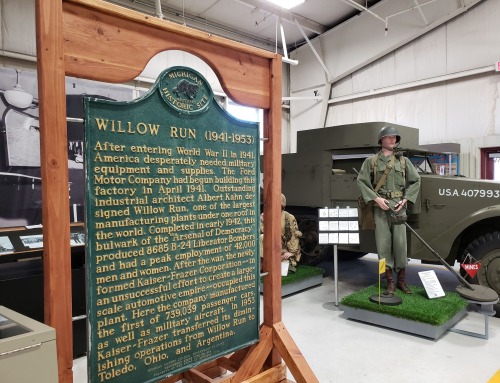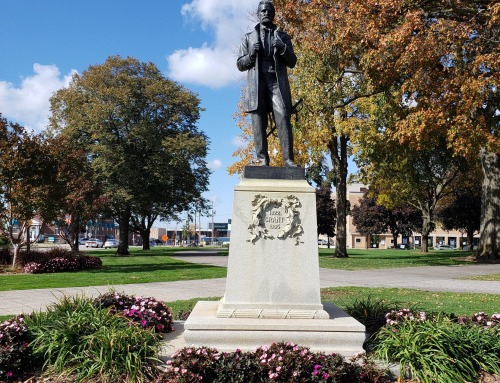Poliomyelitis. No one has been diagnosed with it originating in the United States since 1979, yet people still suffer from the effects. Before the 21st Century, the disease, more commonly known as polio, was dreaded. Most cases occurred in children aged six months to four years old. The fear of this disease caused many people to stay inside and away from others. The virus could be passed from person to person as well as through bad sanitary conditions. Consequently, it was especially dangerous during the summer months.
1950s Polio Pandemic
Polio attacked the nervous system and could cause permanent disabilities. It could kill by paralyzing the muscles that are crucial for breathing. Outbreaks of the disease reached pandemic proportions in Europe, North America, Australia and New Zealand in the early to mid-1950s. It also began infecting older individuals with increased rates of paralysis and death. The 1952 polio epidemic in the United States became the worst outbreak in the nation’s history. At the time, 58,000 cases were reported and 3,145 people, mostly children, died. Another 21,269 were left with some form of paralysis.
The polio epidemic caused many changes in medical care in the United States. Michigan played a unique role in defeating this deadly virus. The University of Michigan treated the effects of the disease and performed the clinical trials that led to the first approved vaccine.
Dr. Washburne’s Early Research
In 1915, a University of Michigan surgeon by the name of Charles Washburne reported on polio in the university’s medical journal. He noted that Michigan hadn’t had outbreaks as big as other states. However, many patients had been referred for care to the UM hospital with deformities, which were attributed to polio. The patients came to Michigan because of a state law that had been passed two years prior. This law allowed children of underprivileged parents to be sent to UM hospital for treatment of any sickness at no cost.
While treating these patients, Washburne took many notes, especially on the successes they were finding. Some of the treatments they found success with included surgery, massage therapy and exercise. Washburne also noted that scientists in other places had made progress in isolating the causes of polio, as well as understanding how it was transmitted. He believed that a vaccine was possible in the near future. Washburne also stated that eradicating the disease would be a long process requiring money, time and authority over large areas.
James L. Wilson and the Iron Lung
The research continued across the country. In Boston, a team of doctors developed a tank-like device that would help polio patients whose muscles could no longer help them breathe. This was first tested on an eight-year-old girl who lived for almost five days, but unfortunately succumbed to a secondary infection. Pediatric resident James L Wilson worked for years to improve on the technology, which became known as the iron lung. Wilson would later become the chair of pediatrics at the University of Michigan.
By 1936, there were dozens of young polio patients at the University of Michigan hospital. They had installed a new physical therapy area, which had hot tubs and a pool. This was to give more opportunity for patients to strengthen and regain the use of their limbs. The community began getting more involved in supporting the programs and treatments at the hospital. The National Foundation for Infantile Paralysis began in 1936 as a country-wide fundraising effort.
University of Michigan’s School of Public Health Opens
The 1940s brought many changes to the university hospital, including a brand new School of Public Health. The unit received a grant from the National Foundation for Infantile Paralysis to study the polio virus. The work was led by Dr. Thomas Francis Jr, who was the chair of the Epidemiology department. They were also working on an influenza vaccine with a team that included Jonas Salk, a young scientist with a bright future. When Salk returned to the University of Pittsburgh, he used what he learned about vaccine development to begin work on a polio vaccine. In 1944, Dr. James Wilson became chair of pediatrics at the University of Michigan and was instrumental in continuing the work and research.
Even with all of the research and medical advancements, severe outbreaks continued. A need for iron lungs and other advanced care for young people caused Michigan to open the third Poliomyelitis Respirator Center in the country. This was funded by donations, and included eight beds to care for children. Many devices and a highly trained staff were needed to care for the patients and run the equipment, which helped form the practice of intensive care for critically ill patients. We now see the effects of this practice in modern ICUs.
Jonus Salk’s Vaccine Tested
In 1954, Dr. Francis was appointed to lead the Poliomyelitis Vaccine Evaluation Center and run a national clinical trial of the vaccine developed by Dr. Salk. It was funded by the March of Dimes, which had grown from the many donations in the early years of the research. The trial evaluated nearly 1.8 million children between the ages of six and nine. All of these patients were born immediately after World War II. The children were chosen at random to receive either the inactivated polio vaccine (a shot) or a placebo (a treatment with no therapeutic value). The researchers were kept from knowing the results until all of the data was collected and analyzed.
Finally, on April 12, 1955, conclusions could be drawn, and therefore an announcement could be made. Dr. Francis stood on a stage in front of the University of Michigan’s Rackham Amphitheater and declared that the vaccine proved “up to 80-90 percent effective in preventing paralytic polio.” The news quickly spread worldwide. Just a few weeks later, the first doses of the newly-approved vaccine arrived in Ann Arbor, and children outside of the clinical trial were able to receive it.
Oral Polio Vaccines Developed
In 1961, there was another breakthrough in fighting the disease. A more convenient form of the vaccine, called the Oral Polio Vaccine, was introduced. It had been developed by several groups, most notably by Dr. Albert Sabin. Other groups developed strains as well, including groups led by Hilary Koprowski and H.R. Cox. This new form could be taken as liquid drops in the mouth. Within just a few years, polio was basically eradicated in the United States.
Unfortunately, the lasting effects of those who had polio were becoming more and more obvious, especially as the individuals entered middle age. The University of Michigan continued to take the lead in research and treatment. In 1983, Dr. Frederick Maynard began a Post-Polio Clinic to help patients with muscle and joint symptoms that developed decades after their initial infection. This clinic continues today and although these survivors still suffer, it is comforting to know that this disease no longer has the ability to cause fear as it had for thousands of years, thanks to better hygiene and research done by a world-class university in Michigan.







Leave A Comment
You must be logged in to post a comment.